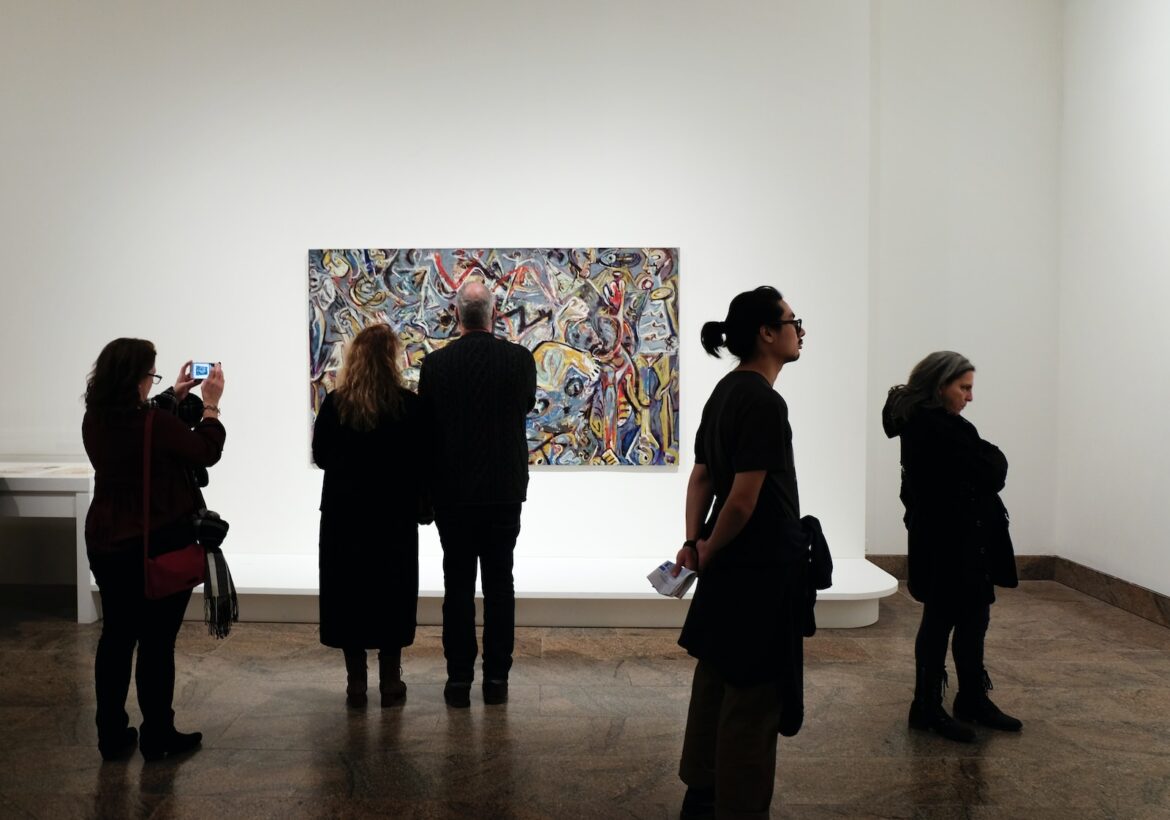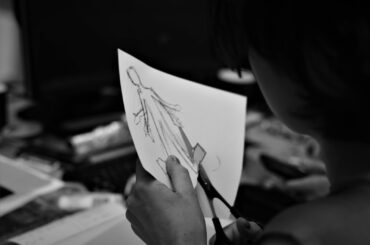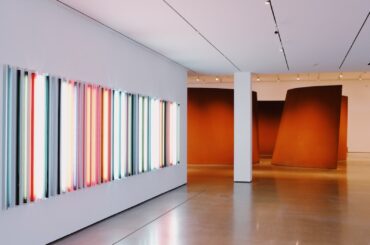Tony Marsh, a potter, does everything incorrectly. He creates bizarre clay mixtures, burns chunks of pure glaze, arranges various materials in disorganized patterns, drills countless tiny holes in vessels, and invites the elements to take their course. Unlike the majority of his co-workers, he doesn’t scrupulously record formulas, take notes on his processes, or even try to control the results in the kiln.
Marsh has long viewed the practice of porcelain sculpture as a venue for limitless exploration in these and countless other ways. The results include globby, gloopy, painterly, geological, volcanic, lunar, fractal, kaleidoscopically colored, and craquelure-rich topographies, as well as ivory-hued, perforated bulbs that cast lace-like shadows and evocations of wood, bone, rock, rust, and metal, as well as almost organic seed pods that play with nature’s forms and forces. A selection spanning 50 years is currently on display at the Long Beach Museum of Art. It is a fascinating, enthralling, and perplexing array.
Tony Marsh’s artistic development from 1972 to the present is examined in Brilliant Earth: The Ceramic Sculpture of Tony Marsh, which features more than 50 works, many of which have never been on display in public. The chosen pieces draw inspiration from Marsh’s early Water, Marriage, Fertility, and Creation Vessels series as well as his years spent studying ceramics in Japan in the studio of master craftsman Tatsuzo Shimaoka, whose influence on Marsh’s style, psyche, and relationship to materials cannot be overstated. His renowned Perforated Vessels, as well as his most recent and ongoing series, Spill and Catch, New Moon Jars, Crucibles, and Cauldrons, all of which are exactly what they sound like, are given a significant amount of space.
However, the truth is that without his profound command of the tools and procedure, none of this daring, improvised riffing would be feasible—or ever succeed. This spontaneous brilliance is the result of years of meticulous study, much like when a jazz great goes off on solos that border on the impossible. Although earnest, the illusion of disarray exists, and the show provides numerous instances of major technical flex. Just because Marsh makes it seem simple doesn’t mean it is. The process of perforating the clay thousands of times without compromising structural integrity, the skillful application of rusting agents mimicking oxidized metal, the works made of dozens of reconfigurable individual elements, the evocation of natural geology in texture and shape, etc.
Marsh views the work as “an homage to what the medium has traditionally been relied upon to accomplish – conserve, hold, offer, ritualize, commemorate, and beautify,” even if it is not at all functional in a pottery sense of containers or utilitarian applications. To hold, if you will, the memory of their creation, the imprint of the artist’s presence, and the scars of the alchemy that created them, rather than water or holy relics. Each brand-new pot is a unique investigation into its own being, imbued with the material’s agency, the unpredictability of chance, and even the possibility of failure. He likes to say that he starts things off and then watches to see what transpires. He frequently uses the phrase “I wonder what would happen if I…” In the end, he cemented his reputation as one of his generation’s most highly regarded and revered artists, as well as one of its most influential teachers and impresarios of ceramics.



